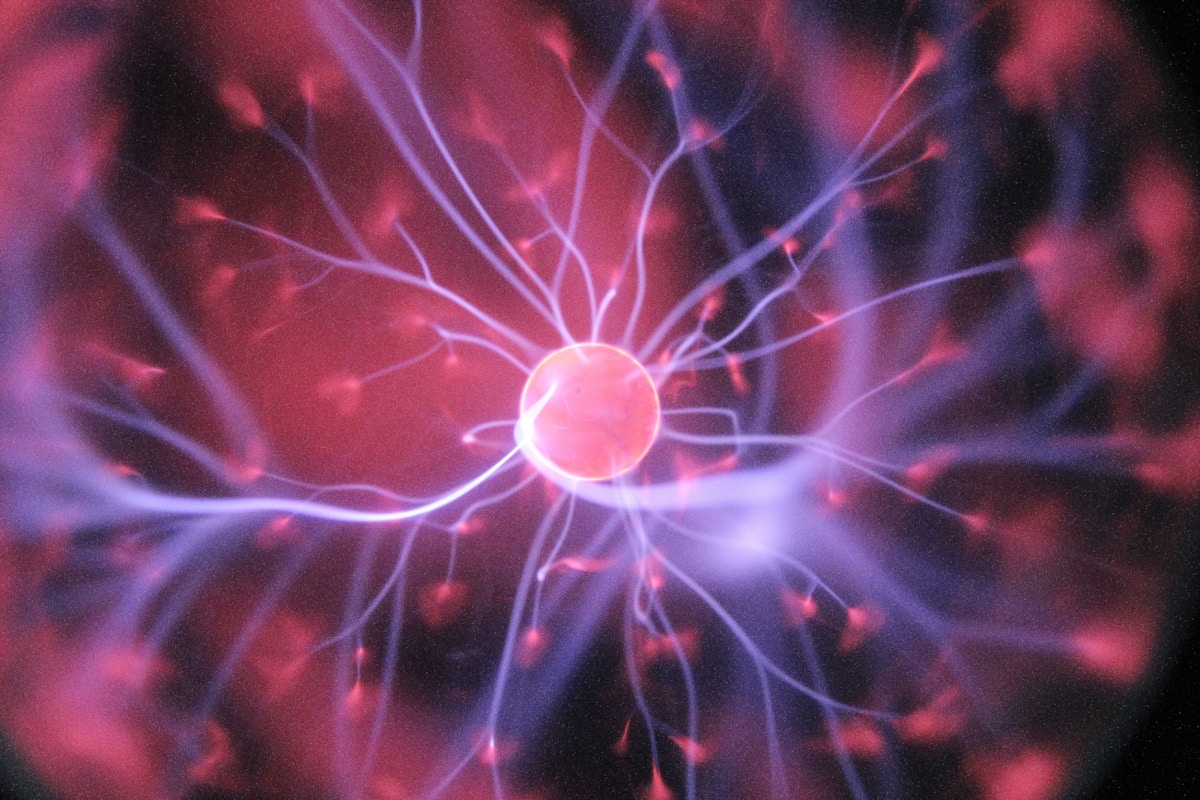Initially, inflammation is a beneficial biological response of the blood vessels to any potentially dangerous threat. It is a complex protective effort by the body to remove the harmful agent and to immediately instigate the healing process. Macrophages play an important role in this defence mechanism by increasing the production of proinflammatory cytokines, nitric oxide (NO), and prostaglandin E2 (PGE2). All of these inflammation mediators are highly cytotoxic and are involved in the innate response by killing the target cells. In spite of their beneficial effects, the overproduction of these mediators by the activated macrophages may cause tissue damage that can lead to chronic diseases and impaired wound healing. The introduction of an anti-inflammatory agent can control the activated macrophages as well as the production of the inflammatory mediators.
The bad news is that most of the anti-inflammatory pharmaceuticals are not compatible with wound healing. For instance, non-steroidal anti-inflammatory drugs (NSAIDS) are cytotoxic to the tissues, while corticosteroids can inhibit the development of epithelial tissues. In several animal studies, the use of NSAIDS, such as ibuprofen, has a negative impact such as an antiproliferative effect that can cause a numerical decline in fibroblasts, minimized wound contraction, deferred epithelialization, and most importantly, impaired blood vessel formation. As a result, wound care products make little reference to anti-inflammatory action, even though inflammation is still the main cause of delays in the healing of chronic wounds. Inflammation results in fibrosis, which can be a source of hypertrophic scars in cutaneous wounds.
In contrast to most anti-inflammatory drugs, honey, which possesses anti-inflammatory properties, results in less scarring from the healing of wounds caused by burns. The anti-inflammatory effect in stingless bee honey is more prominent in the cerumen. In the in vitro study along with the antioxidant test, Massaro et al. reported that the anti-inflammatory mechanism in the cerumen extract in stingless bee products inhibits the 5-LOX enzyme that is responsible for the synthesis of proinflammatory mediators. Similarly, Franchin et al. found that the ethanolic extract of geopropolis (another name for cerumen) significantly reduces the level of proinflammatory cytokines.
The anti-inflammatory property in honey is contributed by phenolic compounds. Several studies have proven that phenolic compounds can inhibit the overproduction of inflammatory mediators such as NO , TNF-α, and PGE2. Besides, phenolic compounds act as free radical scavengers that can protect cells from cytotoxicity induced by proinflammatory mediators . Therefore, this will reduce the inflammation period in the wound healing stage and thus enhance the rate of healing. Furthermore, honey can also reduce oedema, thus eventually lowering the microvascular hydrostatic pressure on the wound tissue. Oedema constrains the access to oxygen and nutrients that are essential for tissue growth in wound healing. The anti-inflammatory agents have a similar correlation with antioxidants in terms of dealing with ROS. Stingless bee honey contains both of these elements, which strengthens its ability to counteract all of the detrimental effects in the inflammation process.
In conclusion, it is important to take a serious note concerning wound care and healing agents due to the nature of the wound healing process, which is highly complex and highly exposed to external infection. Phytochemical and pharmacological evidence has supported the ethnopharmacological use of stingless bee honey in wound care. All of these beneficial effects could enhance the stingless bee honey profile as a wound healing agent. Historically, the application of honey to the wound has been used since ancient times; therefore, it is essential to understand its pharmacological action towards the physiology of the wounded skin in order to optimize the healing rate. Stingless bee honey has a lot of similarities with other honeys in terms of its bioactive components, but the efficacy of the components has yet to be discovered. As a result, more systematic research is needed to provide comprehensive scientific evidence for its use as well as to clarify any doubt and false acclaim. The potent biological activities of stingless bee honey may create a new therapeutic choice from the current honey and represent an interesting advance in the search for promising applications in the pharmaceutical industry for the wound healing area.
You will recognize it by its reddish color, its slightly more acidic taste, and more liquid texture.

